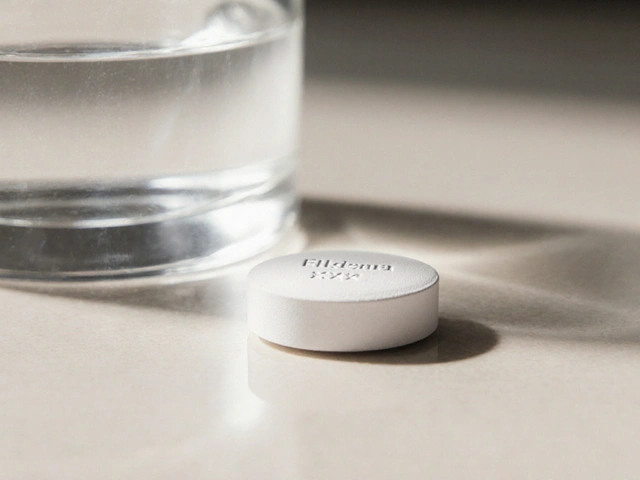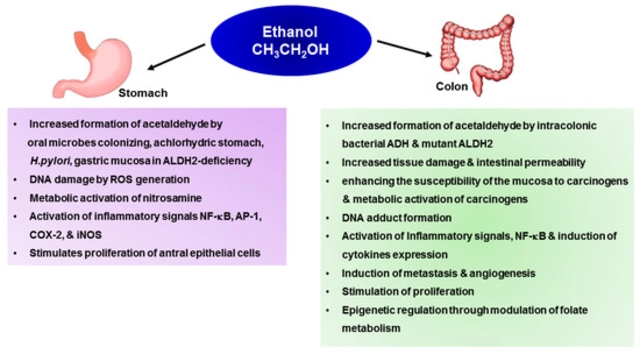Herpes Antiviral Overview
When dealing with herpes antiviral, a medication that stops the herpes simplex virus from multiplying and reduces outbreak severity. Also known as HSV antiviral, it plays a key role in managing both oral and genital herpes. Acyclovir, the first‑generation drug that targets viral DNA replication and Valacyclovir, a prodrug of acyclovir with better absorption are the backbone of most treatment plans. The immune system, the body's natural defense that works alongside medication to keep outbreaks in check also influences how well a herpes antiviral will perform. In simple terms, the antiviral stops the virus, while your immune response clears the infected cells – a partnership that defines successful therapy.
Key Drug Types and When to Use Them
Herpes antivirals come in three main generations. First‑generation drugs like acyclovir are inexpensive and effective for mild episodes; they’re often prescribed for initial infections or for people who need short‑term relief. Second‑generation options such as valacyclovir and famciclovir (the third‑generation agent) offer higher bioavailability, meaning you take fewer pills and still reach therapeutic levels in the bloodstream. Valacyclovir shines in suppressive therapy because a once‑daily dose can keep outbreaks almost invisible for many patients with frequent recurrences. Famciclovir is a solid alternative when kidney function limits the use of acyclovir‑based drugs. Choosing the right drug depends on three attributes: frequency of outbreaks, kidney health, and lifestyle needs (e.g., daily dosing vs. on‑demand use). For example, a college student with occasional cold sores may prefer a single‑dose acyclovir regimen, while someone with chronic genital herpes often opts for daily valacyclovir to maintain low viral shedding.
Beyond the drug itself, timing and dosage are essential. Starting an antiviral within 24‑48 hours of noticing tingling or lesions dramatically shortens the episode and eases pain. The standard dosage for acyclovir in a primary genital outbreak is 400 mg five times daily for ten days; valacyclovir usually follows a 1 g twice‑daily schedule for the same period. For suppressive therapy, valacyclovir drops to 500 mg once daily and can be continued for years with routine monitoring of kidney function. It’s also worth noting that resistance, though rare, can appear in immunocompromised patients; in such cases, switching to a higher‑potency drug or adding topical therapy may be needed. Overall, understanding the drug’s class, its pharmacokinetic profile, and patient‑specific factors creates a clear roadmap for effective herpes management.
What you’ll find in the collection below reflects these core ideas: comparisons of antiviral strengths, dosage calculators, side‑effect checklists, and real‑world advice on buying generic versions safely. Whether you’re looking for a quick recap of how acyclovir works or an in‑depth guide to cost‑saving options for valacyclovir, the articles ahead unpack the details you need to make informed choices about your health.
How to Buy Cheap Generic Zovirax Online - A Complete Guide
Learn step‑by‑step how to safely purchase cheap generic Zovirax (acyclovir) online, compare prices, verify pharmacies, and avoid common pitfalls.






